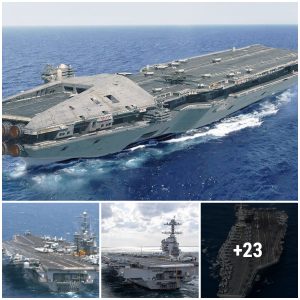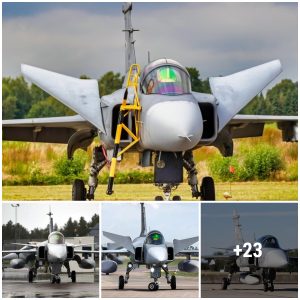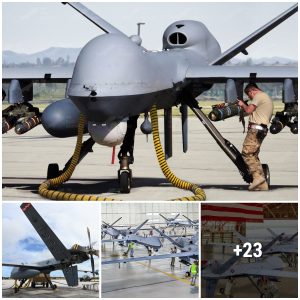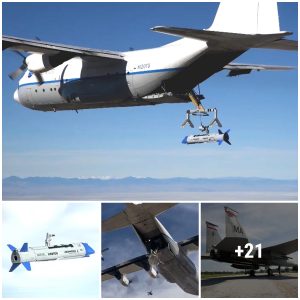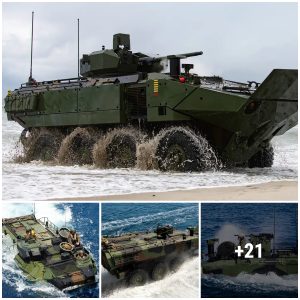China’s J-20 and Russia’s Su-57 are currently the only heavyweight fifth generation fighters in production anywhere in the world, with the former having served in the Chinese People’s Liberation Army (PLA) since March 2017 and the latter expected to be fielded at squadron level strength by the Russian Air Force from 2024.
The aircraft are two of just four fifth-generation fighters to have entered service worldwide, alongside the much lighter American F-35 single engine aircraft and the older heavyweight F-22 Raptor. The latter ceased production in 2011 less than six years after entering service and uses older avionics than the three more modern designs.
While the J-20 and F-35 are the only fighters of their generation both in production and fielded at squadron level strength today, the Su-57 has seen its scale of production gradually increased and is expected to more widely used by both the Russian Air Force and by export clients by the late 2020s.
With the J-20 and Su-57 both being potential opponents U.S. and allied air power, comparisons of the two fighters and the defence sectors which produced them have been common. As the Su-57 program matures further, however, the possibility that the J-20 and the new fighter could fly alongside one another, if not in the same fleet then more likely in joint exercises will be significant.

Russian Su-57 Next Generation Fighter Prototype
China and Russia have integrated their armed forces increasingly closely since the mid-2000s, with the two countries demonstrating growing levels of interoperability and mutual trust during major exercises.
This culminated in the Zapad-2021 drills in August which saw Russian ground units using Chinese armaments and riding in Chinese armoured vehicles, and the two forces conducting joint air strikes and demonstrating unprecedented levels of coordination.
A highlight of the exercises saw both countries deploy fighter aircraft for joint strikes, with the J-20 leveraging its unique stealth capabilities to “kick open the door and seized air superiority by accurately attacking high-value targets on the ground,” paving the way to strikes by Russian Su-30SM jets as well as Chinese J-11, J-16, H-6 and JH-7 aircraft.
Russia’s lack of its own stealth aircraft was a notable shortcoming highlighted during the exercises, leading to speculation that future joint simulated war games could see Su-57s deployed alongside J-20s once the Russian stealth fighter program produces its first full strength units.
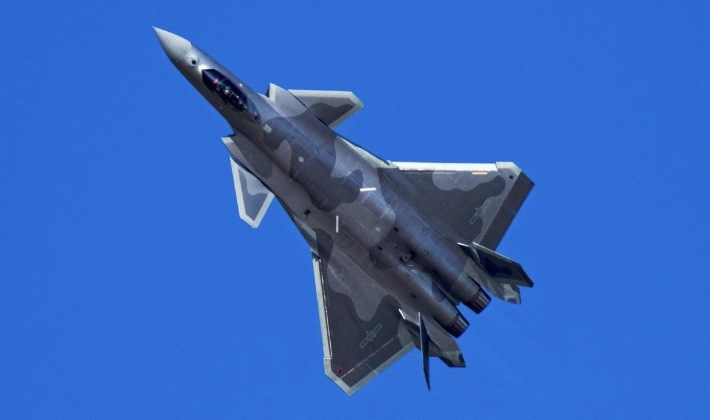
Chinese J-20 Next Generation Fighter
While joint simulated air strikes between the J-20 and Su-57 are likely to be seen in future based on prevailing trends in Sino-Russian military cooperation, there also remains a significant possibility that the two could train against one another in mock air battles similarly to how the U.S. Air Force and naval aviation units have trained against other NATO members and non-NATO partners such as India, Chile, Israel and Malaysia.
This could provide both Chinese and Russian fifth generation units with experience combatting aircraft of the same generation using combat techniques and technologies with which the other is unfamiliar, providing effective preparation to a possible clash with American-made fifth generation aircraft.
Such exercises could potentially allow each to learn from the strengths of the very different stealth fighters fielded by the other, and potentially optimise their own designs accordingly. With Russia having sought to market the Su-57 to China to fly alongside the J-20, an impressive performance by the Russian aircraft could go a long way towards facilitating this even if China only purchases a small unit for adversary training.
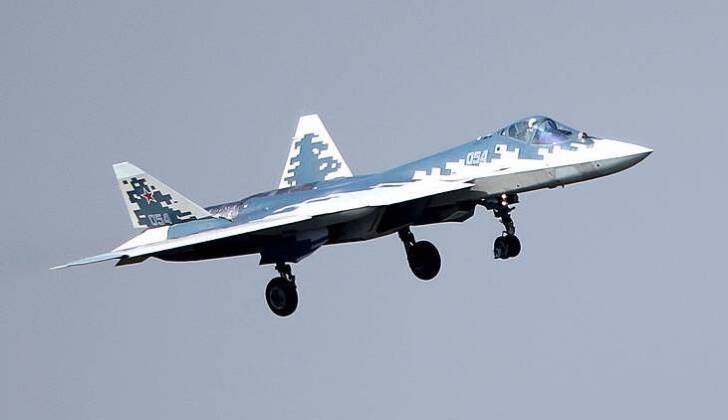
Russian Su-57 Next Generation Fighter Prototype
The Su-57 and J-20 are very different designs despite both being from the same weight range and generation, and in visual range combat will be closely matched. The J-20 has the advantage of superior stealth capabilities, while the Su-57 compensates by fielding a tremendous array of six radars operating in different bands optimising it for detecting stealth targets.
The J-20’s network centric warfare capabilities are also expected to provide an important advantage, but its primary strengths including stealth will have less of an impact at closer ranges. The fighter does however benefit from more sophisticated short ranged air to air missiles in the form of the PL-10, which is considered by some sources to be the world’s most capable for its ability to engage targets at extreme angles.
The fighter’s distributed aperture systems provide another advantage, and much like those of the F-35 allows pilots to see through their aircraft using their helmet connected to cameras on the exterior. The Su-57 has its own strengths at close ranges, and benefits from three dimensional thrust vectoring engines for enhanced manoeuvrability, as well as the integration of more powerful AL-41 engines for a superior flight performance.
Its unique use of laser defence systems allows it to neutralise enemy infrared guided missiles in close range engagements, which is an asset no other fighter has.

Chinese J-20 Next Generation Fighters with PL-10 Missiles
The outcome of a simulated close range fight would be difficult to predict, although with Chinese pilots having significantly more training hours in the air and the PLA having operated the J-20 for considerably longer this could prove decisive.
Much will also depend on the stage which both programs have reached, with both set to integrate a new generation of significantly more powerful engines, the Saturn 30 for the Russian jet and the WS-15 for the Chinese one. This will provide a particularly significant boost for the J-20, which currently uses the WS-10C engine that is considerably weaker than the Su-57’s AL-41, with the WS-15 expected to be at least as powerful as the Saturn 30 if not moreso.
Preceding the WS-15, future WS-10C engines are expected to benefit from two dimensional thrust vectoring capabilities which could partly bridge the gap in low speed manoeuvrability with the Su-57 which is currently outmatched worldwide in this field.

